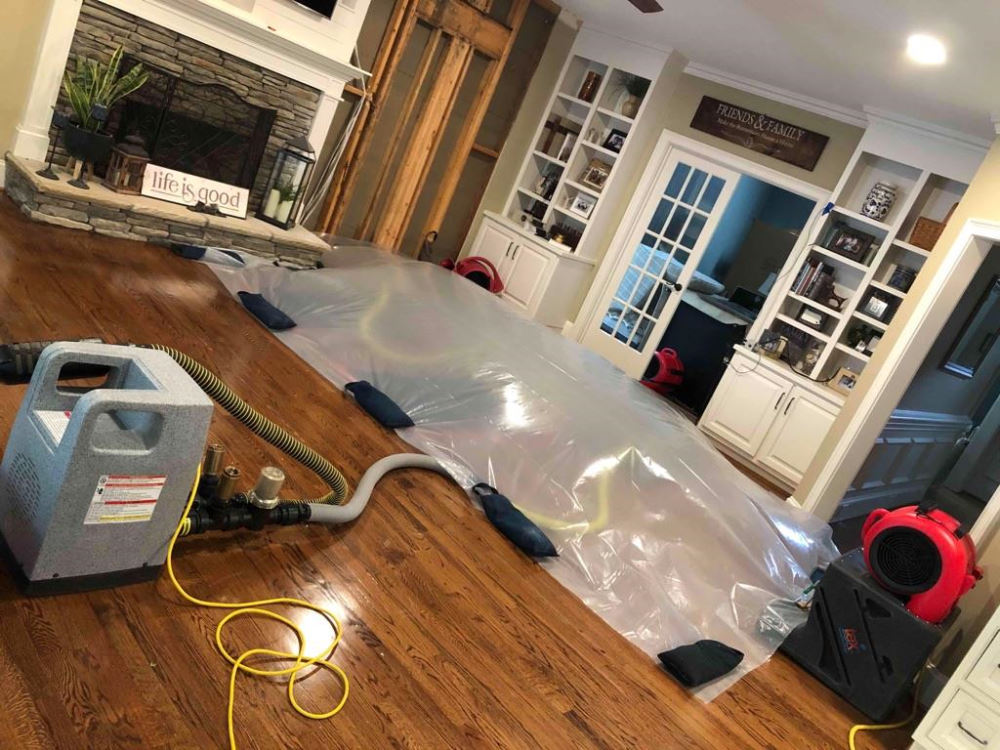Water damage restoration services involve the process of drying, cleaning, and disinfecting areas and items that have been affected by water. Technology has become an integral part of this process, enabling restoration professionals to provide more efficient, cost-effective services.
Here are some steps for technology in water restoration services:

Image Source : Google
1. Inspection and Assessments: The first step in water damage restoration is conducting an inspection and assessment to identify the extent of the damage. Technology such as infrared cameras and moisture meters are used to detect moisture in walls, floors, and other hard-to-reach areas.
2. Drying and Dehumidification: Once the inspection and assessment have been completed, the next step is to begin the drying and dehumidification process. This process can be significantly sped up with the use of advanced drying technologies such as turbo dryers, air movers, and dehumidifiers.
3. Cleaning and Disinfection: Once the drying process has been completed, the next step is to begin the cleaning and disinfection process. The use of these technologies helps to ensure that all bacteria and mold spores have been eliminated and that the area is safe to inhabit again.
4. Data Management: Technology has also enabled restoration professionals to easily manage and store data related to their services. This includes the collection and storage of photos, videos, and other documentation related to the project.
Conclusion: Technology has become an essential part of water damage restoration services, enabling professionals to provide more efficient, cost-effective services.